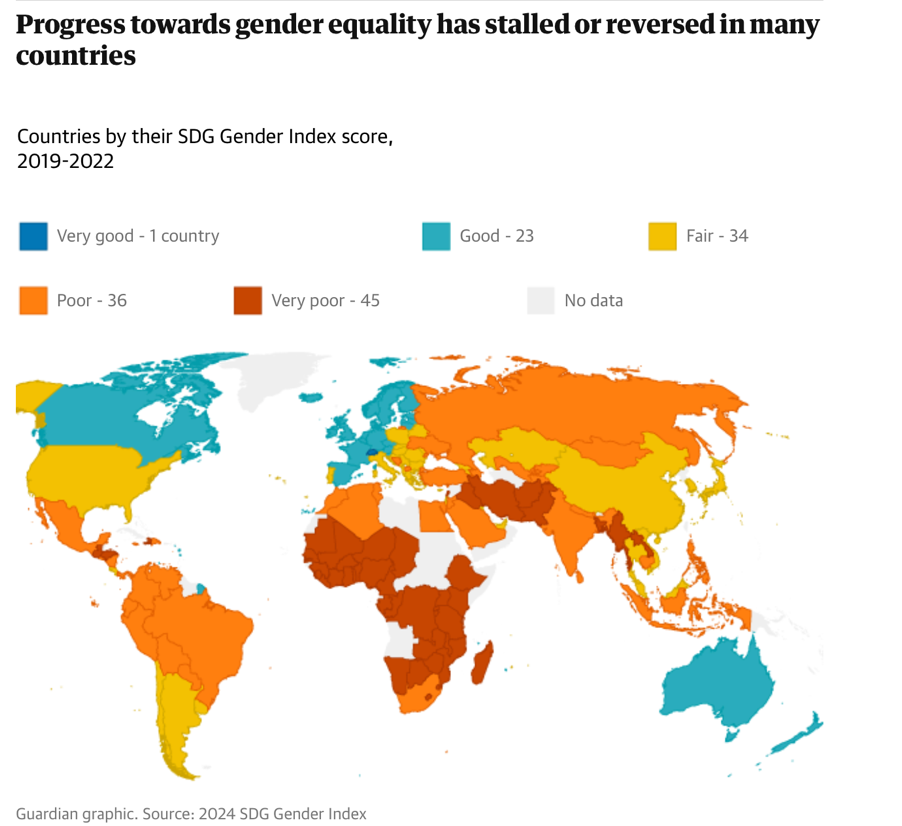Rewilding 20-Minute Neighbourhoods
- UN House Scotland

- Nov 18, 2022
- 3 min read

Born Free- Public Art by Gillie and Marc at the Meadows, Edinburgh
By May East
People are motivated to protect, restore and regenerate places with which they have personal, meaningful relationships based on cognition and affection. I have observed this in recent research while conducting walking interviews with women from five Scottish city neighbourhoods aspiring to become 20-minute neighbourhoods.
Based on evidence that 20 minutes are the upper limit of time most people are willing to walk to meet their daily needs, there has been sustained attempts by local authorities to foster net-zero localised experiences of 20-minutes neighbourhoods.
Within the 20-minutes perimeter, residents engage in social, learning, and cultural activities, as well as play and leisure. Ideally, the concept combines the localisation of economy, encouragement of active travel, and natural surveillance performed by the ‘eyes of the community’ – all framed within a developing sense of identity, belonging and mutual care. But how to weave the concept of urban rewilding into the 20-minute vision?

People are motivated to protect places with which they have meaningful relationships
In general, women shared the view that they like to spend time in green spaces that feel natural. How to make existing green spaces ‘less tidy’ while restoring the area to a wilder, less cultivated state, was a recurrent theme during my walking interviews. A participant from Portobello shared her experience of creating willow tunnels and planting wildflowers with kids, who experienced a strong sense of nature connection and participation in Figgate Park. Another suggested promoting a combination of wild meadows and orchards, encouraging natural growth and harvesting, not only for humans but for birds, bees and insects – allowing some areas to become self-willed land again.
A group of volunteers and ‘wildlife spotters’ from Yorkhill Green Spaces in Glasgow have been improving the wildflower meadows of Yorkhill Park and compiling a biodiversity inventory now expanded to 1,174 species.
Urban re-wilding is a disputed notion which oftenrefers to the science-based restoration of self-regulating ecosystems and to a transformation in human–nature relationships.The regenerative designer Carol Sanford believes there is little value in considering the aliveness of living systems solely along intellectual lines.
Rather, it should be internalised as a way of being or a way of belonging – as expressed so poetically by Mary Oliver (1986):
…Whoever you are, no matter how lonely,
the world offers itself to your imagination,
calls to you like the wild geese, harsh and exciting -
over and over announcing your place
in the family of things.
In this context, some modalities to internalise living systems embedded in our urban lives may include photography, storytelling, poetry, art, adventurous treks, green gyms or facilitated nature walks. It is hoped that identification with urban woods, parks, sea, shore, the edges between urban and nature systems and other-than-human inhabitants of 20-minute neighbourhoods could result in deeper respect and care developing.
Still, regarding a systematic integration of green spaces into urban planning, a key recommendation was made by my interview participants to extend a network of meandering fresh air routes connecting all pockets of green spaces in their neighbourhoods; and even to extend the routes into the buildings by including the design of green roofs on bus stops, buildings and living walls on façades.

Paris has been an exemplar in connecting a network of living walls
The potential of integrating the concept of rewilding into 20-minute neighbourhoods is immense. From providing food and habitats for wildlife and enhancing green corridors to link together fragments of nature in the neighbourhood, to enabling people to develop stronger connections, recognise nature’s importance and foster a sense of co-evolving mutualism with the natural world. Rewilding 20-minute areas could also reduce the costs of green space management-as-usual practices such as mowing, weeding, pesticides. Furthermore, the capture and storage of rainwater by trees, reduction of city pollution and sequestration of carbon in the atmosphere can make areas more resilient to flooding or heat waves.
Within the siloed way of operating our city services, urban rewilding this is an important conversation to engage between ‘the departments’ within the local authority. Perhaps this can happen under a multi-stakeholder umbrella that could be named ‘Rewilding 20-minutes Neighbourhoods’ charged with the purpose of creating conditions for wildlife to thrive, where the diversity of species evolves rather than devolves, and where the interconnectedness of the humans and our fellow species can be experienced by all.

The potential of integrating the concept of rewilding into 20-minute neighbourhoods is immense
May East is the UN House Scotland Director of Cities Programme. Read more about May’s work and the original article here.











Comments